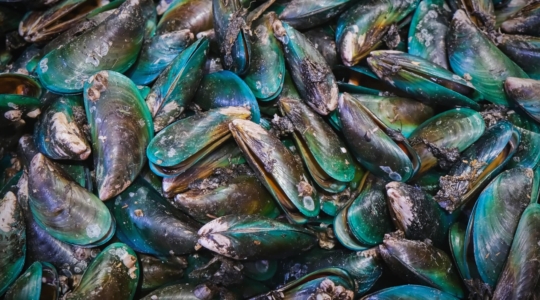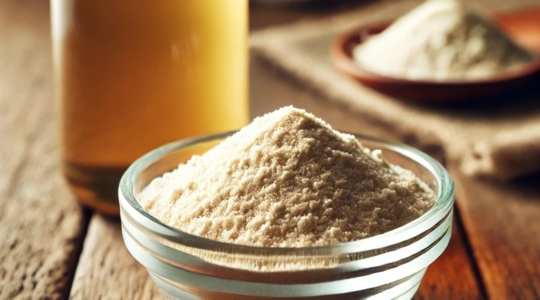
Chia: stable prices despite poor yields
Due to heavy rainfall Bolivia witnessed in June and July, this year’s harvest yield for conventionally grown chia was only 500 kg/ha, which is significantly below the normal 800 kg/ha. The situation is similar with organic chia: approximately 200-250 kg/ha could be harvested, where otherwise 400-500 kg/ha are yielded.
Despite the drop in yields, for the time being, we do not expect an increase in price. Thanks to an acreage increase in some South American countries and large stocks from 2014, the price level is all set to remain stable, at least into the first quarter of 2016. Only from the second quarter of 2016, the price may increase.
Considerable price decline for maca
After the end of 2013 had seen exorbitant price increases that even intensified in 2014 due to Chinese traders buying up almost the whole harvest, the prices for the latest harvest have dropped. The reasons: limited purchases from China and the more common practice of some maca processors to grow maca on their own land. Also Dr. Behr’s suppliers are now cultivating their maca and will supply us with their own goods this year for the first time.
Hence, we can assume that the prices will remain on the same level until the end of the first quarter of 2016.
Beware of Chinese maca at dumped prices
Currently, Chinese maca dealers and processors are stuck with large stocks of expensively purchased goods. In order to limit the anticipated losses, they add other substances (dextrose, maltodextrin, etc.) to the maca and offer it at dumped prices.
We like to emphasise that our maca will always come from Peru and directly from the grower. We do not make any compromises when it comes to quality! Only maca from the Andes, which has been dried and processed in the traditional way, contains the typical substances and guarantees the unique taste.



